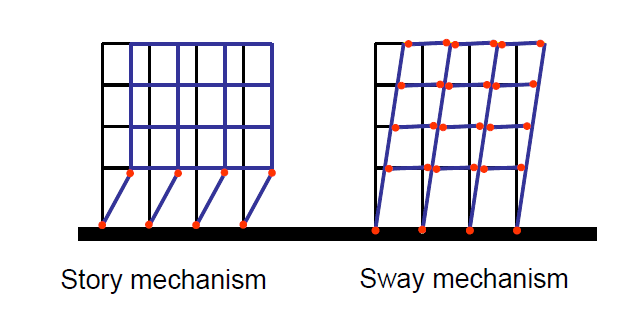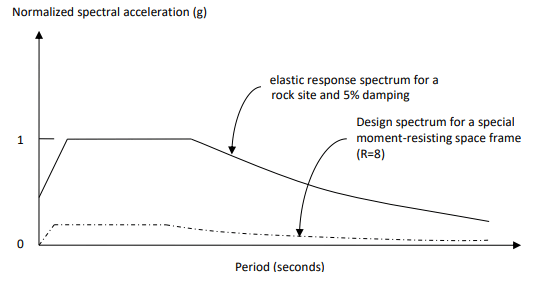Without running non linear analysis, is there anyway to evaluate where the plastic hinge is going to be under EQ? I have a run elastic analysis and can see that not only the core wall cracks but also some other walls crack as well. Should I consider these cracked walls as plastic hinge as well as a simplified method? Or it depends how much it cracked since cracking doesn’t necessary lead to plastic and if so how do I evaluate?
Anyone please advice?
Anyone please advice?


